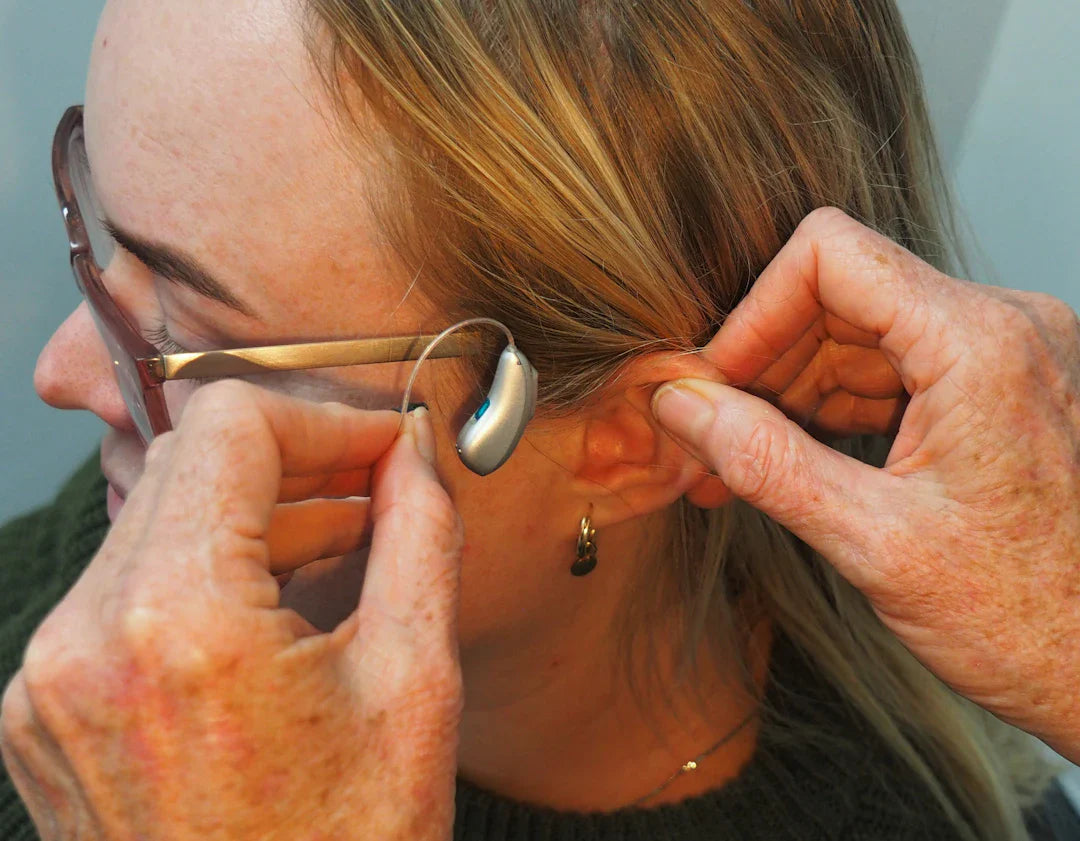Frequently Asked Questions
1. What are some common issues faced by hearing aid users?
2. How can I troubleshoot battery problems with my hearing aids?
3. What should I do if I experience feedback noise from my hearing aids?
4. How can I improve the sound quality of my hearing aids?
5. What maintenance practices should I follow for my hearing aids?
Hearing aids are invaluable tools for individuals with hearing loss, greatly enhancing their ability to engage with the world around them. However, like any device, they can present challenges from time to time. Understanding the common problems associated with hearing aids and knowing how to address them is crucial for maintaining optimal hearing care. In this article, we’ll delve into common issues faced by hearing aid users and provide practical solutions, all while ensuring you’re equipped with the knowledge to keep your hearing aids in peak condition.
Understanding the Basics of Your Hearing Aid
At the core of effective hearing care is understanding your device. Whether you wear behind-the-ear (BTE) or in-the-ear (ITE) hearing aids, familiarity with the key components—including microphones, receivers, and amplifiers—can significantly enhance your troubleshooting skills.
Battery Issues
One of the most frequent issues hearing aid users confront is related to power. Rayovac hearing aid batteries are widely used, and for good reason; they offer longevity and reliability. However, even the best batteries can malfunction.
- Dead Batteries: This is the most common issue. Make sure to always have a fresh set of Rayovac hearing aid batteries on hand. A quick test can be to change the battery even if the old one seems functional.
- Battery Corrosion: Inspect the battery compartment regularly for signs of corrosion which can impede battery performance. If you notice corrosion, clean it gently using a dry cloth.
- Incorrect Insertion: Improperly inserting the battery can prevent your hearing aids from working. Ensure the '+' and '−' symbols align correctly when inserting Rayovac hearing aid batteries.
Sound Quality Issues
Another primary concern users face is fluctuating or poor sound quality. This can be incredibly frustrating as hearing aids are intended to enhance your auditory experience.
Feedback Noise
This annoying whistling sound can occur when sound escapes from your hearing aid due to improper fit or speaker placement. To resolve this:
- Check the Fit: Ensure your hearing aids are securely fitted in your ear. If discomfort persists, consult your audiologist for adjustments.
- Clean Regularly: Wax build-up or debris in the microphone or receiver can also cause feedback. Regular cleaning can alleviate this issue.
Distorted Sounds
If you find that sounds are distorted or echoing, several factors may be in play:
- Excessive Background Noise: Many modern hearing aids come with noise reduction features, but it’s essential to be in the right mode for your surroundings. Adjust settings according to your environment.
- Volume Levels: Sometimes, simple adjustments in the volume can rectify distorted audio. Don’t hesitate to tweak these settings based on your comfort level.
Physical Discomfort
Physical discomfort is another issue that users often report. Hearing aids should not cause pain or severe discomfort. If they do, here are a few potential remedies:
Adjusting Fit
Even slight adjustments to how your hearing aids sit in your ears can eliminate discomfort:
- Switch Inserts: If your model allows for it, try different ear tips or molds designed for comfort and stability.
- Regular Consultation: Regular visits to your audiologist can ensure that your hearing aids are configured correctly for long-term comfort.
Skin Irritation
Wearing hearing aids can lead to irritation or allergic reactions for some individuals. To mitigate:
- Keep Ears Dry: Moisture can exacerbate skin issues. Consider using a drying kit to keep moisture at bay.
- Choose Skin-Friendly Materials: Consult with your audiologist about hypoallergenic options if irritation continues.
Wireless Connectivity Troubles
With advancements in technology, many hearing aids now offer wireless connectivity to smartphones and other devices. Unfortunately, this can also lead to some frustrating hiccups.
Pairing Issues
If your hearing aids are not connecting to your devices, try the following:
- Reboot Devices: Restarting both your hearing aids and the transmitting device can often resolve connectivity issues.
- Consult Bluetooth Settings: Ensure Bluetooth is enabled on your device and check that your hearing aids are discoverable.
Interference from Other Devices
Sometimes, interference from other wireless devices can impact performance. If you experience this:
- Avoid Crowded Frequencies: Move away from sources of interference like Wi-Fi routers or microwaves.
- Connectivity Updates: Keep your hearing aids updated with the latest firmware to minimise connectivity issues.
Maintaining Your Hearing Aids
Regular maintenance of your hearing aids is essential for long-lasting performance. Let’s discuss some practical tips:
Cleaning Routines
Keep your gadgets clean to ensure optimal performance. Here are some key practices:
- Daily Wipe: Use a dry, soft cloth to wipe down your devices at the end of each day.
- Use Cleaning Tools: Invest in specific hearing aid cleaning tools, which are ideal for removing debris without causing damage.
Regular Auditory Check-ups
Consistency in visits to your audiologist for check-ups can prevent major issues down the line. These visits can facilitate:
- Tuning Adjustments: Sometimes, your needs change, and periodic adjustments to settings are required.
- Battery Testing: Ensure your Rayovac hearing aid batteries are functioning optimally during your visit.
Your Path to Clear Hearing
Addressing the common problems associated with hearing aids can significantly enhance your quality of life. By understanding the root causes of these issues, employing regular maintenance, and using reliable resources, you can ensure that your journey through hearing care is smooth and satisfying. Remember, hearing health is vital, and with proper care, your hearing aids can serve you effectively for years to come. Seek the advice of hearing care professionals when needed, and don’t hesitate to remain proactive in your approach. Embrace sound with confidence!




